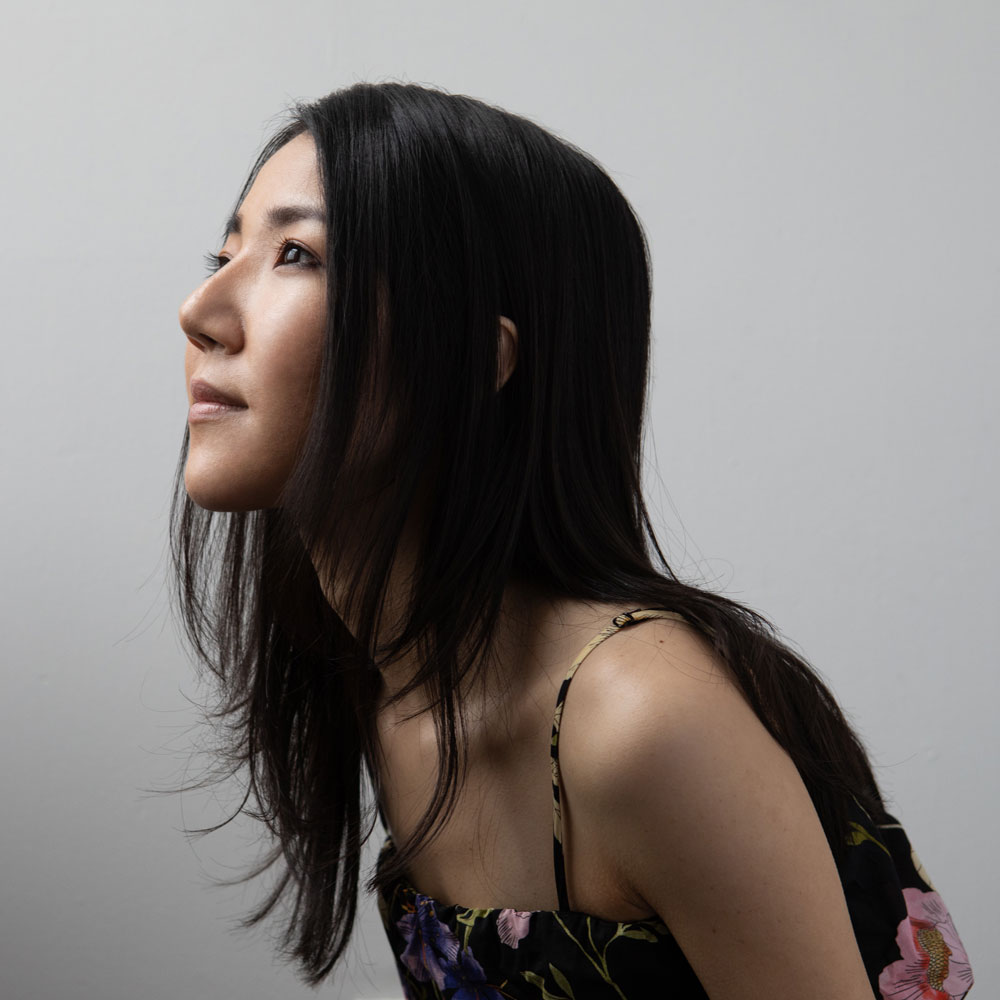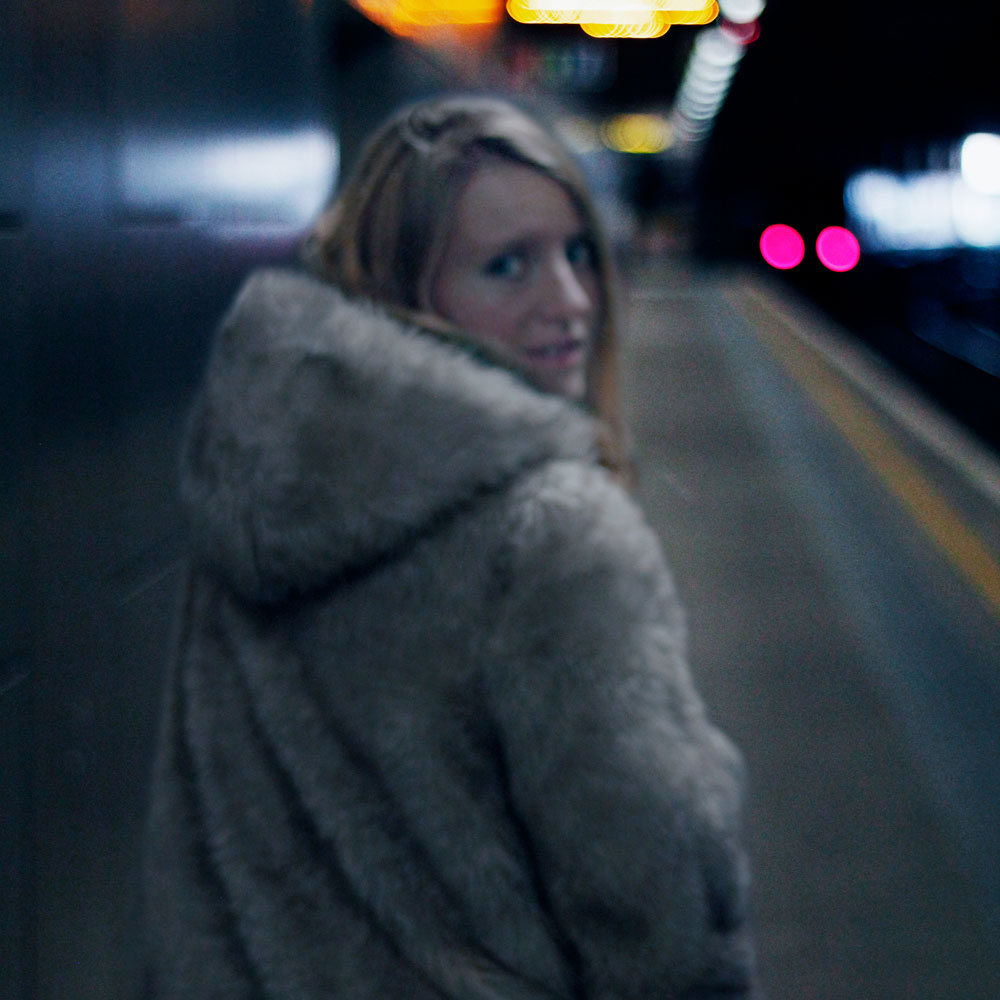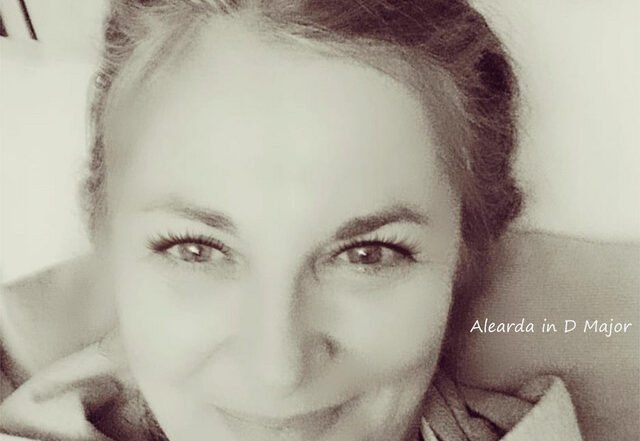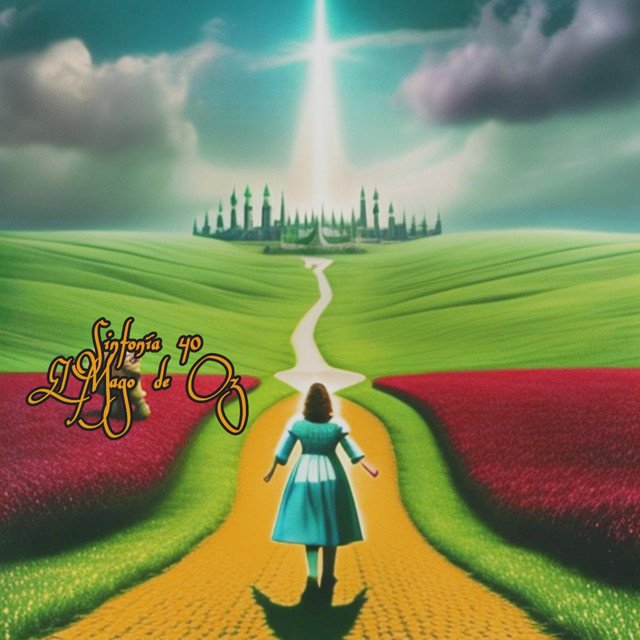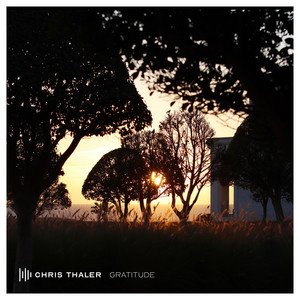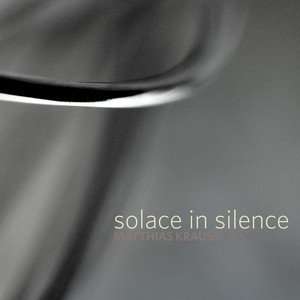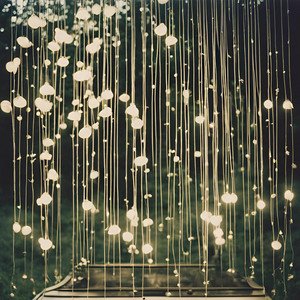Neoclassical Music ⁞ New Releases⁞ Artist Interviews⁞ Music News
Introduction of Neoclassical Music
Neoclassical music is a style of classical music that is characterized by its use of traditional forms and styles, as well as a focus on structure and balance. It is often seen as a reaction against the romantic style of music, which was characterized by emotion and passion, and was influenced by the ideas of the Enlightenment, which valued reason and classical learning.
Some of the key features of neoclassical music include the use of traditional forms such as sonata form, the use of clear and concise melodies, and the incorporation of elements of folk music and popular music. Neoclassical music also often featured a return to tonality, which is the use of a specific key or tonal center in a piece of music.
The neoclassical style has had a lasting influence on classical music, and it continues to be an important part of the classical repertoire
Favorite Neoclassical Music on Spotify
Favorite Neoclassical Videos on Youtube
Recent Neoclassical Interviews
Marika Takeuchi Interview on Nagamag.com
Marika Takeuchi
Interview
Nagamag:
What are the genres that describe better your music style?
Marika Takeuchi:
Modern classical music, ambient music, idm, classical crossover music, alternative music, contemporary piano music
Nagamag:
Few words about your musical background and career?
Marika Takeuchi:
I started playing piano at the age of three, and also played violin and french horn for several years as growing up. I then studied composition in Tokyo and film scoring at Berklee College of Music in Boston. My very first gig as a composer was songwriting for Universal Music Japan, and after I moved to the U.S, I've released my modern classical music as a recording artist, as well as writing music for films, advertisements, video games, and music libraries.
Nagamag:
Do you remember your first connection of love to music that was the right impact to be a music artist now?
Marika Takeuchi:
Growing up, I always had a big passion for music. My first love was piano, and I loved singing, playing violin, and I also joined a school orchestra to play french horn. I played Japanese taiko drum as well, and I once even wanted to be a DJ. I just loved music in so many ways, and eventually realized that I wanted to write and produce music, so I can use all of my favorite instruments and sounds. But the biggest moment was when I suffered from severe depression for years and writing music helped me get through it. I realized that I could turn even negative feelings into something inspiring in my music, and that was the best therapy for me. And the whole experience had the biggest impact on who I am as an artist today.
Nagamag:
Do you have any new music coming out?
Marika Takeuchi:
My latest EP "Missing Piece" is out on May 5th, with the title track Missing Piece being released as a single on April 24th.
Nagamag:
What does music mean to you, and what inspires you to write music?
Marika Takeuchi:
Music is my best friend for life, and everything that happens in life, including both beautiful and difficult moments, inspires me to write new music.
Nagamag:
Most artists have a favorite song from a different music genre than the one they are producing music for... Which is yours?
Marika Takeuchi:
Moderat "Therapy"
Nagamag:
Of Course Nagamag would love to listen also which track from a similar artist you admire?
Marika Takeuchi:
Jon Hopkins "The Low Places"
Charley van Veldhoven interview on Nagamag
Charley van Veldhoven
Interview
Nagamag:
What are the genres that describe better your music style?
Charley van Veldhoven:
A hybrid between impressionistic and romantic classical music and jazz. Influenced by artist such as Debussy, Hiromi, Chick Corea and Nina Simone.
Nagamag:
Few words about your musical background and career?
Charley van Veldhoven:
When I was around 6 years old I started playing the piano and I almost immediately started composing my own music. I absolutely loved improvising and doing my own thing! I used to enter competitions from the age of 8 till 14 and win several prizes! At the age of 20 I decided mechanical engineering was not quite what I wanted to do. I took two gab years and moved to London. I wrote my first album for solo piano here and started teaching at my own piano music school. Because this showed me I could live my life just doing music I got inspired to truly follow my dreams and become a composer for film and other media. I moved back to the Netherlands and started my course at Music and Technology at the HKU in the Netherlands because I love making music and I love technology! Now I have made music for several games under which the award winning game Reducept that helps people with chronic pain. I also write music for movies from LA/Netherlands and recently won the 100% her competition with Universal Production Music. Next to producing and composing for Media I still just love to improvise and do my own thing on the piano. I am super excited that the first track of my solo piano album is finally out! And there is much more of this coming this year!
Nagamag:
Do you remember your first connection of love to music that was the right impact to be a music artist now?
Charley van Veldhoven:
When I was around 8 years old I always loved listening to classical music CD's when playing with my toys. Then later I started finishing my solo piano compositions when I was living in London. There were many jamsessions I went to and I listened to albums of Nina Simone and Chick Corea. Living there and seeing all the amazing musicians there got me inspired to take action and start writing my album.
Nagamag:
Most artists have a favorite song from a different music genre than the one they are producing music for... Which is yours?
Charley van Veldhoven:
Cashmere Cat "Moo"
Nagamag:
Of Course Nagamag would love to listen also which track from a similar artist you admire?
Charley van Veldhoven:
Hiromi "Old Castle, by the river, in the middle of a forest"
Neoclassical Features
Davide Anniballi – Alearda in D Major | Neoclassical music review
“Η ευτυχία μοιάζει να ξεπηδά μέσα από τις νότες αυτής της μελωδίας. Η μαγεία σκορπίζεται παντού και όλα τώρα φαίνονται πιο όμορφα. Οι άσχημες σκέψεις χάνονται και τη θέση τους παίρνει ένας φωτεινός καταγάλανος ουρανός μέσα στο μυαλό. Ο ρυθμός δεν σταματά να μας ρίχνει τη χρυσόσκονη της χαράς και νιώθουμε το πρωινό μας ξύπνημα να παίρνει το πιο αξιόλογο νόημα.”
-Nagamag.com
Expand to read review translations *
“Happiness seems to spring from the notes of this melody. Magic spreads everywhere and everything now looks more beautiful. Bad thoughts disappear and are replaced by a bright blue sky inside the mind. The rhythm does not stop throwing us the gold dust of joy and we feel our morning awakening takes on the most worthy meaning.”
-Nagamag.com
“La felicità sembra scaturire dalle note di questa melodia. La magia si diffonde ovunque e tutto ora sembra più bello. I cattivi pensieri scompaiono e vengono sostituiti da un cielo azzurro brillante nella mente. Il ritmo non smette di gettarci la polvere d’oro della gioia e sentiamo che il nostro risveglio mattutino assume il significato più degno.”
-Nagamag.com
The original review of “Davide Anniballi – Alearda in D Major” is written in the native language that is spoken by the dedicated, for this song, Nagamag’s Neoclassical reviewer and followed by two translations*, of which the one depends from the country of origin of the artist “Davide Anniballi
“ (Italy) and the other one is translated to a different language than original review and the country of origin of the artist.
* Automatically Translated
Nagamag unveils the mesmerizing composition “Alearda in D Major”, an extraordinary creation of harmony and creativity that “Davide Anniballi
“ offered to all of us. A Neoclassical song, which evoked an emotional voyage to our curator that desired to write down a unique review for “Davide Anniballi – Alearda in D Major”. What also sets this song among the featured choices of Nagamag is the way that “Alearda in D Major” is enriched with Cinematic characteristics. “Davide Anniballi – Alearda in D Major” is a rich music creation that deserves to be listened to again and again. Nagamag is honored to share this detailed music review by one of our experienced reviewers for Neoclassical music compositions. As always, Nagamag keeps up evaluating Neoclassical songs from across the globe, ensuring that all Neoclassical enthusiasts around the world have access to these auditory treasures .
Neoclassical home page where “Davide Anniballi – Alearda in D Major” is hosted on Nagamag Music Magazine
Nagamag takes pride in supporting Neoclassical artists like “Davide Anniballi
“, providing music reviews and music discoveries like “Alearda in D Major”.
This music post about song “Alearda in D Major” by “Davide Anniballi
“ is hosted in Neoclassical page on Nagamag.
There you can find similar Neoclassical artists to “Davide Anniballi
“ and more Neoclassical, Cinematic songs like “Alearda in D Major” that have been carefully selected by Nagamag’s Neoclassical experienced curators and reviewed by Nagamag’s Neoclassical dedicated reviewers.
Learn everything about Neoclassical on Wikipedia
If you enjoyed “Davide Anniballi – Alearda in D Major” but you have never listened before to any other Neoclassical song or you are interested in learning more about Neoclassical music gerne then click here to visit Neoclassical music page on Wikipedia.
Neoclassical music refers to a distinct style with common characteristics. Each genre carries its unique sound, instruments, and cultural influences. For a deeper understanding of Neoclassical music, Wikipedia provides comprehensive insights into its history, notable artists, and iconic works. Delve into the diverse and dynamic world of Neoclassical music through this valuable resource, broadening your knowledge around Neoclassical genre.
Juan Pablo Fernández Ramos – La bola de cristal | Neoclassical music review
“Меланхоличная и очень красивая неоклассическая композиция, в основе которой камерный оркестр, сопровождаемый тонкими и очень богатыми струнными. Минималистичный инструментарий позволяет слушателю сосредоточиться на эмоциональном исполнении, наполненном душевными гармониями. Композиция строится медленно, создавая ощущение напряжения и ожидания, прежде чем достичь катартической кульминации.”
-Nagamag.com
Expand to read review translations *
“A melancholic and very beautiful neoclassical composition, based on a chamber orchestra, accompanied by delicate and very rich strings. Minimalistic instrumentation allows the listener to focus on an emotional performance filled with spiritual harmonies. The composition builds slowly, creating a sense of tension and anticipation before reaching a cathartic climax.”
-Nagamag.com
“Una melancólica y bellísima composición neoclásica, basada en una orquesta de cámara, acompañada de delicadas y muy ricas cuerdas. La instrumentación minimalista permite al oyente concentrarse en una interpretación emocional llena de armonías espirituales. La composición crece lentamente, creando una sensación de tensión y anticipación antes de alcanzar un clímax catártico.”
-Nagamag.com
The original review of “Juan Pablo Fernández Ramos – La bola de cristal” is written in the native language that is spoken by the dedicated, for this song, Nagamag’s Neoclassical reviewer and followed by two translations*, of which the one depends from the country of origin of the artist “Juan Pablo Fernández Ramos” (Spain) and the other one is translated to a different language than original review and the country of origin of the artist.
* Automatically Translated
Nagamag unveils the mesmerizing composition “La bola de cristal”, an extraordinary creation of harmony and creativity that “Juan Pablo Fernández Ramos” offered to all of us. A Neoclassical song, which evoked an emotional voyage to our curator that desired to write down a unique review for “Juan Pablo Fernández Ramos – La bola de cristal”. What also sets this song among the featured choices of Nagamag is the way that “La bola de cristal” is enriched with Piano characteristics. “Juan Pablo Fernández Ramos – La bola de cristal” is a rich music creation that deserves to be listened to again and again. Nagamag is honored to share this detailed music review by one of our experienced reviewers for Neoclassical music compositions. As always, Nagamag keeps up evaluating Neoclassical songs from across the globe, ensuring that all Neoclassical enthusiasts around the world have access to these auditory treasures .
Neoclassical home page where “Juan Pablo Fernández Ramos – La bola de cristal” is hosted on Nagamag Music Magazine
Nagamag takes pride in supporting Neoclassical artists like “Juan Pablo Fernández Ramos”, providing music reviews and music discoveries like “La bola de cristal”.
This music post about song “La bola de cristal” by “Juan Pablo Fernández Ramos” is hosted in Neoclassical page on Nagamag.
There you can find similar Neoclassical artists to “Juan Pablo Fernández Ramos” and more Neoclassical, Piano songs like “La bola de cristal” that have been carefully selected by Nagamag’s Neoclassical experienced curators and reviewed by Nagamag’s Neoclassical dedicated reviewers.
Learn everything about Neoclassical on Wikipedia
If you enjoyed “Juan Pablo Fernández Ramos – La bola de cristal” but you have never listened before to any other Neoclassical song or you are interested in learning more about Neoclassical music gerne then click here to visit Neoclassical music page on Wikipedia.
Neoclassical music refers to a distinct style with common characteristics. Each genre carries its unique sound, instruments, and cultural influences. For a deeper understanding of Neoclassical music, Wikipedia provides comprehensive insights into its history, notable artists, and iconic works. Delve into the diverse and dynamic world of Neoclassical music through this valuable resource, broadening your knowledge around Neoclassical genre.
Latest Neoclassical discoveries
Window – Alberto Fiori
Mesmerizing and incredibly calming atmosphere of this piano beauty engage deeply within first notes. Harmonic structure and c... >>> Read full review & listen to the song on Nagamag #neo #modernclassical #solopiano #albertofiori #italy #nagamag #musicmagazine #musicreview #review
Old Sleep Singer – Icarus Phoenix
Really loveable, song feels much deeper and strikes a chord instantly. Its positive vibe and beautiful atmosphere is just mes... >>> Read full review & listen to the song on Nagamag #indierock #indiepop #folkpop #icarusphoenix #unitedstates #nagamag #musicmagazine #musicreview #review
Swan Shaped Kite – Per Störby Jutbring
Ethereal melodies and gentle textures with this enchanting and soothing composition. Its harmonic structure brings depth of e... >>> Read full review & listen to the song on Nagamag #neo #modernclassical #ambient #perstörbyjutbring #sweden #nagamag #musicmagazine #musicreview #review
Loiste – A. Blomqvist
Mesmerizing and incredibly calming atmosphere of this piano beauty engage deeply within first notes. Harmonic structure and c... >>> Read full review & listen to the song on Nagamag #neo #modernclassical #solopiano #ablomqvist #finland #nagamag #musicmagazine #musicreview #review
Living Hope – Chris Thaler
Mesmerizing and incredibly calming atmosphere of this piano beauty engage deeply within first notes. Harmonic structure and c... >>> Read full review & listen to the song on Nagamag #neo #modernclassical #christhaler #switzerland #nagamag #musicmagazine #musicreview #review
Gratitude – Chris Thaler
Serene and very beautiful ethereal melodies and gentle textures with this enchanting and soothing composition. Its harmonic s... >>> Read full review & listen to the song on Nagamag #neo #modernclassical #christhaler #switzerland #nagamag #musicmagazine #musicreview #review
Bloom Of Love – MAXIIM
Эта работа бесподобно сочетает в себе глубину и техническое изящество, создавая атмосферу, в которую можно легко погрузиться ... >>> Read full review & listen to the song on Nagamag #neo #modernclassical #solopiano #maxiim #france #nagamag #musicmagazine #musicreview #review
Solace In Silence – Matthias Krauss
Η ψυχή ανακουφίζεται και η καρδιά βρίσκει το ρυθμό της μέσα από αυτή την μαγική και θεσπέσια μελωδία. Οι νότες του πιάνου με ... >>> Read full review & listen to the song on Nagamag #neo #modernclassical #solopiano #matthiaskrauss #germany #nagamag #musicmagazine #musicreview #review
tears with my family – Winston Loom
Serene and very beautiful ethereal melodies and gentle textures with this enchanting and soothing composition. Its harmonic s... >>> Read full review & listen to the song on Nagamag #neo #modernclassical #winstonloom #unitedstates #nagamag #musicmagazine #musicreview #review
Difference between Classical and Neoclassical Music
Classical music refers to a broad range of music written in the classical tradition, which encompasses a wide range of styles and forms. It is generally characterized by its formal structure and its use of traditional instruments and ensemble configurations.
Neoclassicism is a style of music that refers to the revival and use of classical forms and styles in music, particularly in the 18th and early 19th centuries. It is characterized by its use of clear, concise forms and a focus on structure and balance. Neoclassicism was a reaction against the romantic style of music, which was characterized by emotion and passion, and was influenced by the ideas of the Enlightenment, which valued reason and classical learning.
Some of the key differences between classical and neoclassical music include:
Time period: Classical music refers to music written during the classical period (1730-1820), while neoclassicism refers to music written after the classical period that incorporates elements of classical forms and styles.
Emphasis on structure: Classical music is known for its formal structure and the use of traditional forms such as the sonata and the symphony. Neoclassical music also places a strong emphasis on structure, but may also incorporate elements of popular music and folk music.
Emphasis on emotion: Classical music is often more reserved and formal in its emotional expression, while neoclassicism tends to be more emotional and expressive.
Use of tonality: Both classical and neoclassical music use tonality, but neoclassicism often incorporates a wider range of tonal structures and may experiment with atonality.
Use of traditional instruments: Both classical and neoclassical music use traditional classical instruments such as strings, woodwinds, brass, and percussion. However, neoclassicism may also incorporate elements of popular music and folk music, and may use a wider range of instruments.
Overall, the main difference between classical and neoclassical music is the time period in which the music was written, and the specific techniques and styles used by the composer. Classical music is generally more formal and reserved in its expression, while neoclassicism tends to be more expressive and may incorporate elements of popular music and folk music.
The most used instruments in Neoclassical Music
In neoclassical music, the most common instruments used are those found in the classical orchestra, including:
Strings: Violin, viola, cello, double bass
Woodwinds: Flute, oboe, clarinet, bassoon
Brass: Trumpet, French horn, trombone, tuba
Percussion: Timpani, snare drum, bass drum, cymbals, xylophone, marimba, triangle
Keyboard: Piano, harpsichord
These instruments are often used to create a wide range of textures and sounds, and are featured in many different types of classical music, including neoclassical music. In addition to these instruments, many composers also incorporate elements of popular music and folk music into their compositions, and may use a variety of other instruments such as guitars, bass, drums, and synthesizers.
It’s also worth noting that many composers and performers of neoclassical music are skilled in a variety of different instruments, and may switch between different instruments in order to achieve the desired sound and texture.
Vocals are sometimes used in neoclassical music, although they are not as common as instrumental music. When vocals are used in neoclassical music, they are typically performed by trained classical singers who have the ability to sing with precise pitch and control.
One common use of vocals in neoclassical music is in operatic compositions, where singers perform arias and recitatives in a style that is similar to traditional opera. Neoclassical opera is a subgenre of classical music that combines elements of traditional opera with elements of neoclassicism, and often incorporates elements of popular music and folk music.
In addition to operatic vocals, vocals may also be used in other forms of neoclassical music, such as choral music or vocal chamber music. Some composers may also incorporate elements of popular music or folk music into their compositions, and may use vocals in a more modern or experimental style.
It’s worth noting that the use of vocals in neoclassical music is highly dependent on the individual composer and the specific piece of music, and not all neoclassical compositions will feature vocals.

